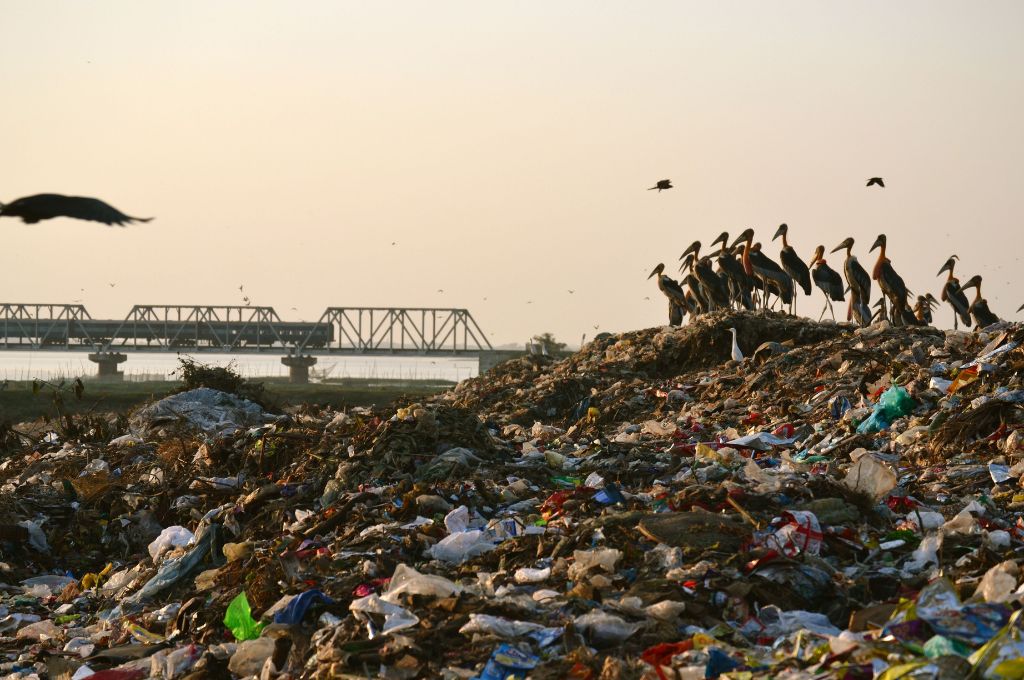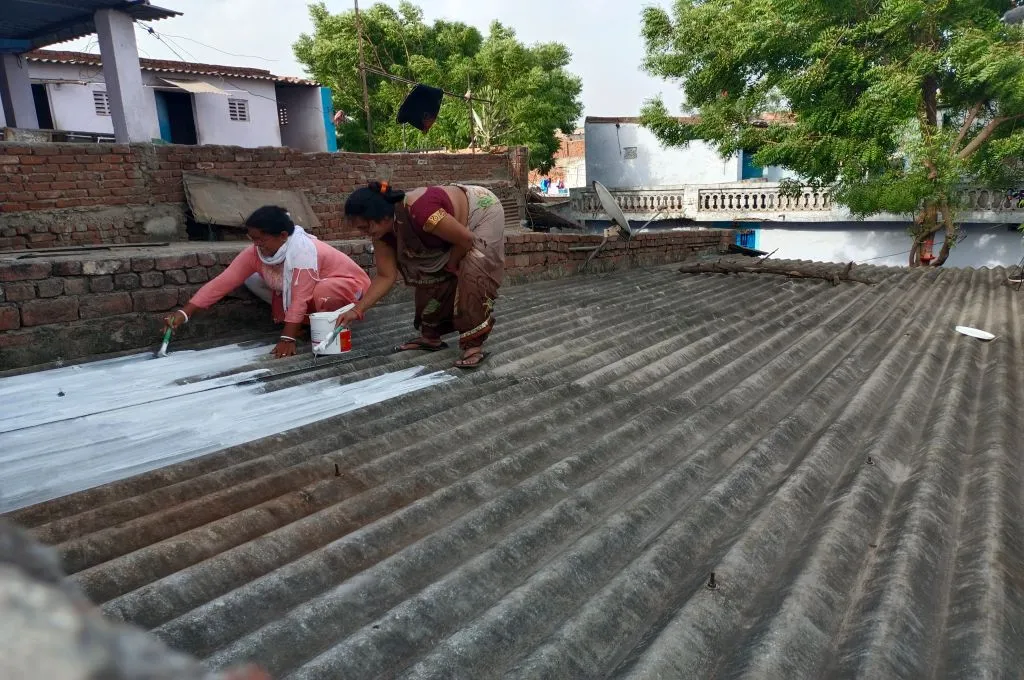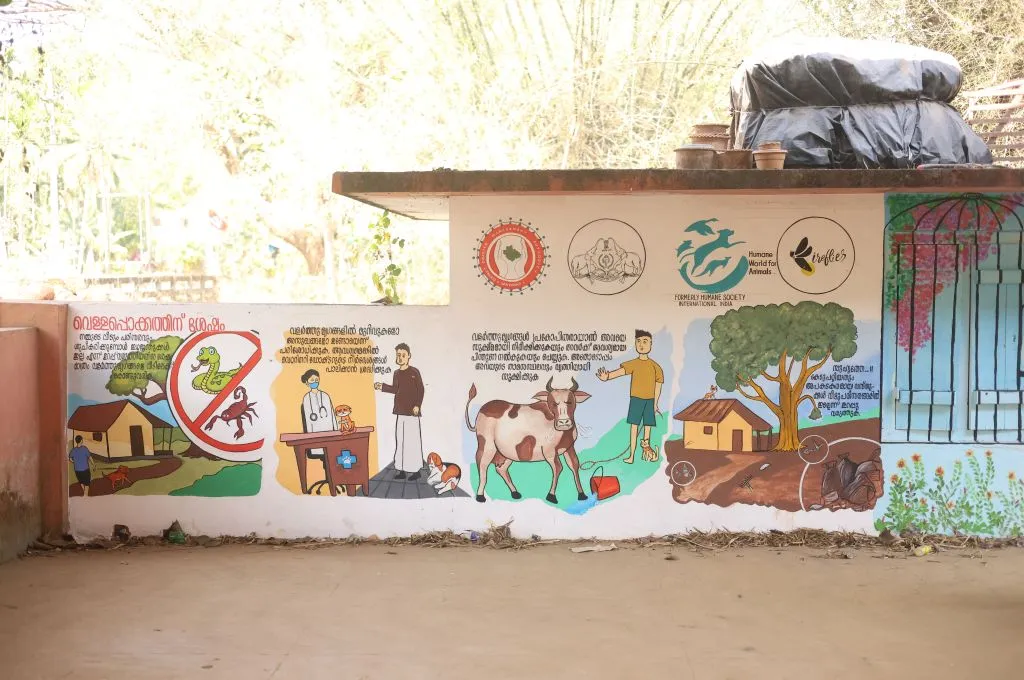Across the world, waste is beginning to be viewed as a resource and not just seen as a liability. According to a claim by the Confederation of European Waste-to-Energy Plants, waste in Europe can supply 18 million inhabitants with electricity and 15.2 million with heat. This is made possible with the help of waste-to-energy (WtE) technologies that allow for the recovery of energy by burning or incinerating waste that cannot be recycled or composted. It’s news that bodes well for municipal bodies burdened with a growing waste problem. According to the World Bank, global waste is slated to grow to 3.40 billion tonnes a year, up from the 2.12 billion currently generated.
WtE plants have been touted as a timely fix to the problem, meeting two ends simultaneously. One, they offer an alternative waste disposal mechanism, diverting solid waste from landfills. Two, through the generation of electricity or heat by burning waste, they provide a renewable energy source that limits reliance on fossil fuels, thereby reducing greenhouse gas emissions.
However, while WtE plants have seen relative success in the European Union, environmentalists and scientists have warned that they may not be a suitable solution for India’s waste problem. Neither are they a viable approach to reducing carbon emissions. In fact, there are several factors that weigh against setting up WtE plants in India, which were covered in a comprehensive report titled To Burn or Not to Burn published by Centre for Science and Environment (CSE) in 2018. Here, we speak of two pertinent issues with incineration as a waste management solution in India.
The questionable quality of waste
The potential of a WtE operation to meet its energy production target depends on the quality of its waste feedstock. And the quality of waste is determined by three factors:
- Composition (biodegradable and non-biodegradable)
- Calorific value (how much energy it contains)
- Moisture content (the amount of water in solid waste)
Waste that can be burned would include what cannot be recycled, processed, or recovered for secondary use. Waste with low moisture content and high calorific value would be ideal for incineration. This includes materials such as non-recyclable plastics (multilayered packaging, plastic bags, styrofoam), contaminated non-usable household textile waste, and non-recyclable domestic hazardous waste, such as soiled paper, soiled cloth, pieces of leather, rubber, tyre, and non-usable wood.
Countries such as Sweden, Norway, Germany, and the United States have waste with high calorific value that ranges between 1,900 kcal/kg and 3,800 kcal/kg, which makes incineration an effective means of its disposal. In India, however, studies of waste tell a different story: Domestic waste typically contains high moisture content and has low calorific value, making it unsuitable for efficient combustion in WtE plants. It’s like attempting to burn damp tissue paper.
According to India’s Solid Waste Management (SWM) Rules, 2016, non-recyclable waste with calorific value of 1,500 kcal/kg or higher should be used to generate energy through WtE. While the calorific value of waste in India varies from city to city, the average value ranges from 1,411 kcal/kg to 2,150 kcal/kg, with high moisture content. For instance, in Guwahati (Assam) it is 1,833 kcal/kg; in Eluru (Andhra Pradesh) it can be as low as 1,080 kcal/kg.
Moreover, WtE plants in India often receive mixed waste, which includes organic, recyclable material. This tracks back to how waste is collected in the country. In every city, two types of waste collection systems operate simultaneously: formal and informal. In the informal system, waste pickers travel door to door to collect garbage, which they then sort. Recyclable material such as paper, electronics, and plastic are sold to recyclers, while the rest is transported to designated collection points known as dhalaos.
In the formal set-up, private concessionaires (companies) for collection, transportation, and disposal of waste are either hired by the municipality or a collection and transport (C&T) service is directly facilitated by the WtE operator. Municipalities often prefer outsourcing C&T to WtE companies for the ease of dealing with a single, more formalised entity rather than various informal players. This arrangement gives WtE operators the freedom to collect mixed waste and treat waste disposal as they see fit.
However, mixed waste has high moisture content and needs supplementary energy to incinerate or it won’t burn well. This energy is typically fossil-fuel-based, which undermines the claim that electricity produced by WtE plants is altogether clean.
Serious health and environmental implications
Incineration of mixed waste produces toxic particles, including carbon monoxide, nitrogen oxides, and sulphur dioxide due to inefficient burning. These particles can cause respiratory ailments and also lead to chronic lung diseases, such as asthma among people who live near WtE sites.
Another result of inefficient burning is the large discharge of bottom ash. This could be as high as 30–40 percent of the total feed, which then ends up in open dump sites, contaminating the groundwater and soil with its toxic chemicals. It is also hazardous to waste pickers who work at these landfills. There are, unfortunately, almost no comprehensive studies on the direct impact of incinerators on public health in India.
According to one report, India had 12 operational and eight non-operational WtE plants in 10 states, as of November 2022, and the country’s ambitious Waste to Energy Programme has laid the groundwork for many more. In July last year, the Telangana government announced its plans to set up five additional WtE plants, while the Municipal Corporation of Delhi (MCD) has begun working on the fifth plant, in Bawana.

Why are we still opening new WtE plants?
If India doesn’t have suitable waste for WtE plants and these plants are harmful to both human and environmental health, why are more of these facilities being built?
1. The profit motive
WtE operators or private concessionaires typically enter into contracts with municipalities for their waste management service, in exchange for a substantial tipping fee, where the weight of the waste determines the fee. The greater the tonnage, the higher the concessionaires stand to earn. Consequently, these companies prioritise unsegregated waste collection, as it results in higher tipping fees compared to segregated waste, which weighs less. Despite the fact that segregation of waste has been made mandatory under the SWM Rules, 2016, in many instances, it has been reported that it is mixed during collection.
The tipping fee received from municipal bodies is a major source of revenue for these private parties. For example, in Indore, the tipping fee is INR 1,080 per tonne, while in Delhi it’s INR 2,000–2,700. Consider a scenario where a city provides nearly 6,000 tonnes of waste to three private parties daily. Even at INR 2,000 per tonne per day, this amounts to approximately INR 1.2 crore. This could be why Delhi, for example, operates four WtE plants, burning close to 5,600 tonnes of waste a day, when only 1,100 tonnes are fit for incineration.
2. Subsidised cost of operation
Subsidies offered by the Government of India have rendered WtE an economically profitable venture for businesses and investors. The Ministry of New and Renewable Energy, for one, provides financial assistance to project developers as part of its Waste to Energy Programme. As the report To Burn or Not to Burn reveals, financial incentives are provided to urban local bodies for supplying garbage free of cost at the project site and for providing land on long-term lease at nominal rates (30 years and above). There are also incentives for preparing feasibility reports and for promotion, coordination, and monitoring of projects. All put together, these subsidies and incentives take care of approximately 40 percent of the project cost. If the subsidies are removed, operational costs may be too high to keep these plants profitable.
Even with the subsidies in place, electricity generated from WtE plants remains the costliest option. While coal and solar plants generate power at a rate of INR 2–3/kWh, WtE plants sell electricity at approximately INR 7/kWh. Given the availability of more economical alternatives, distribution companies show little interest in purchasing electricity at such high costs.
3. Loopholes in contracts
The revenue stream is further facilitated by the ambiguous language in the contracts signed between private companies and municipal bodies. Typically, these contracts refer to waste collection and disposal rather than to waste processing—a fundamental flaw in their wording. Ideally, waste collection for processing—that is, for processing of wet and dry waste—must be factored into the contract over just collection and disposal. This ambiguity gives private companies a loophole to work with and dispose the waste as they see fit, which is usually to incinerate it, the least sustainable option in the waste hierarchy.
4. Lax assessment and reporting parameters
During our research we found that, according to Environmental Impact Assessment (EIA) rules, waste-based thermal power plants with a capacity of more than 20 MW are to be appraised at the Centre, while those with a capacity of 15–20 MW need state-level clearance. However, the catch is that plants with a capacity of less than 15 MW are exempt from environmental clearance, which is why cities often establish plants with a capacity below this ceiling.
In India, the monitoring parameters and emission standards for WtE plants are also not as strong as those in Europe. For example, European standards for emissions such as hydrochloride and sulphur oxides are almost five to four times lower than permissible Indian standards. Another challenge is the real-time monitoring of emissions from these plants. All WtE plants are equipped with continuous emission monitoring systems that track the release of pollutants in order to better regulate them. However, access to this data is typically restricted to the pollution control board or plant managers; it is not easily accessible to the general public, even though this information affects all of us. And the data that is available is often outdated. Additionally, during personal visits to some of these plants, I often found that the monitoring systems themselves were not functioning properly.
What needs to change?
In India, an estimated 55 million tonnes of municipal solid waste is generated annually by 377 million citizens residing in urban areas. With an urban population that’s expected to grow to 600 million by 2030 and to 814 million by 2050, India is set to generate 165 million tonnes of waste by 2030 and 436 million tonnes by 2050. The waste composition and its characteristics are also subject to change drastically, with a rise in dry waste quantities, a trend observed in major cities.
Therefore, there is an urgent need to adopt sustainable waste management practices, with incineration and landfilling relegated to the back of the queue. Here are some ways in which this can be done.
1. More decentralised waste management
We need to shift from the use, take, make, and throw away models to circularity. The rush to hail WtE as a silver bullet solution has created a tunnel-like approach to waste segregation and disposal. By relying heavily on private companies for waste management, we’ve adopted a centralised approach that bypasses informal waste workers. Waste coming out of our houses now heads directly to these plants, sidestepping workers who would have segregated it. As a result, recyclables that could have had an afterlife are now being incinerated.
What’s needed are decentralised approaches to waste management. The integration of the informal waste economy, comprising ragpickers, waste pickers, and kabaadis(vendors of second-hand goods), is a critical part of the waste management ecosystem. Meticulously sorting waste into recyclable and non-recyclable piles before transporting it to primary transit points is central to its efficient disposal. Take the example of Ambikapur in Chhattisgarh. It has created its own decentralised waste management plan that segregates waste into 150 different fractions, thereby reducing the amount of waste reaching landfills. A team of 470 women, hired through the National Urban Livelihood Mission, plays a significant role in the city’s day-to-day waste collection, segregation, and management. Ambikapur has established robust circular systems without the need for WtE incineration as a waste management solution. While this model may not be feasible in cities such as Kolkata, Chennai, Mumbai, and Delhi NCR with larger populations and administrative limitations, it highlights the importance of decentralisation and integrating informal waste actors for a sustainable approach.
2. More stringent laws and reporting standards
There is a need to relook at contracts that municipalities sign with private parties, holding them accountable to collecting and processing waste and not just disposing it. Decentralised governance practices are key to effective environmental responses in cities, especially concerning waste management.
It is imperative to implement EIA clearances for all waste management plants, regardless of their capacity. Additionally, to facilitate an evidence-based waste management approach, it is crucial for key stakeholders such as researchers, nonprofits, media, and the general public to have access to data from WtE sites.
3. Alternate solutions like co-processing
Co-processing of waste at cement plants can be promoted as an effective waste management solution. It involves using municipal solid waste, industrial waste, and hazardous waste as an alternative fuel to coal in cement manufacturing. Not only is waste a cost-effective alternative to coal, but because everything burns at 1,450 degrees centigrade, there are no harmful emissions released. Waste is already co-processed in cement kilns in India. However, cement plants require high-quality segregated feed, which isn’t easily available to them at present. Nevertheless, it presents a significant opportunity for waste management, especially for high-calorific, non-recyclable waste.
As India’s population grows, waste will continue to pile up. There is an urgent need to reimagine our approach to waste management by redesigning systems and infrastructure to minimise waste generation and reduce its environmental impact. This requires incentivising practices that support waste reduction and sustainable processing methods through policies and regulations. We need a more holistic approach to waste management, but expensive quick fixes like WtE plants do more to greenwash than to help cities clean up their act.
—






